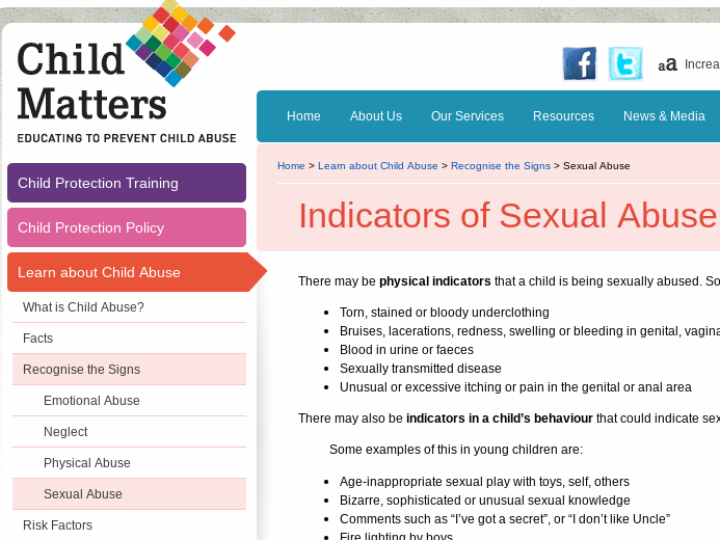Does Virtual-reality Therapy for PTSD work?
https://www.scientificamerican.com/article/how-does-virtual-reality-therapy-fo/
A therapist typically observes what patients are seeing while they navigate the virtual experience. They can coach a patient to take on increasingly difficult challenges while making sure that the person does not become overwhelmed. To do so, some therapists may connect the subject to physiological monitoring devices; others may use virtual reality along with talk therapy. In the latter scenario, the patient recites the story of the trauma and reflects on it while passing through the simulation. The idea is to desensitize patients to their trauma and train them not to panic, all in a controlled environment.
The jury is still out as to whether virtual reality is superior to other forms of therapy for PTSD. Several studies have demonstrated that symptoms improve after virtual-reality exposure, and at least one study, which used functional MRI, indicated that the therapy tends to restore patients’ brain activity to more normal patterns. No treatment works for everyone, however. Even in the most successful tests of virtual reality, about a quarter of patients continue to meet criteria for PTSD after treatment.


